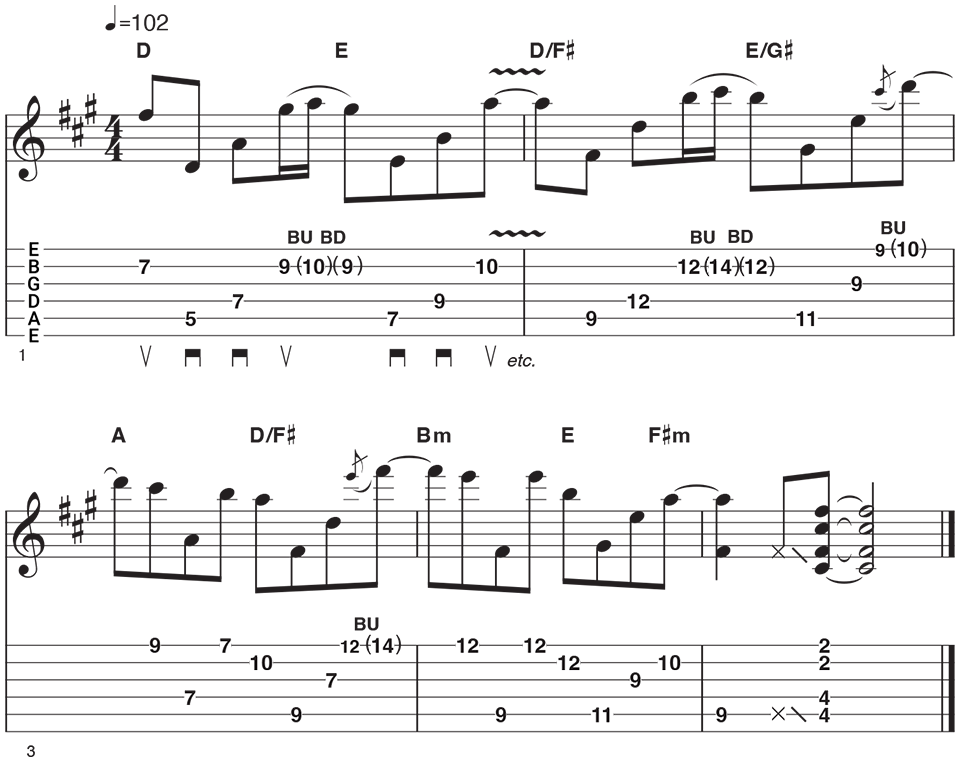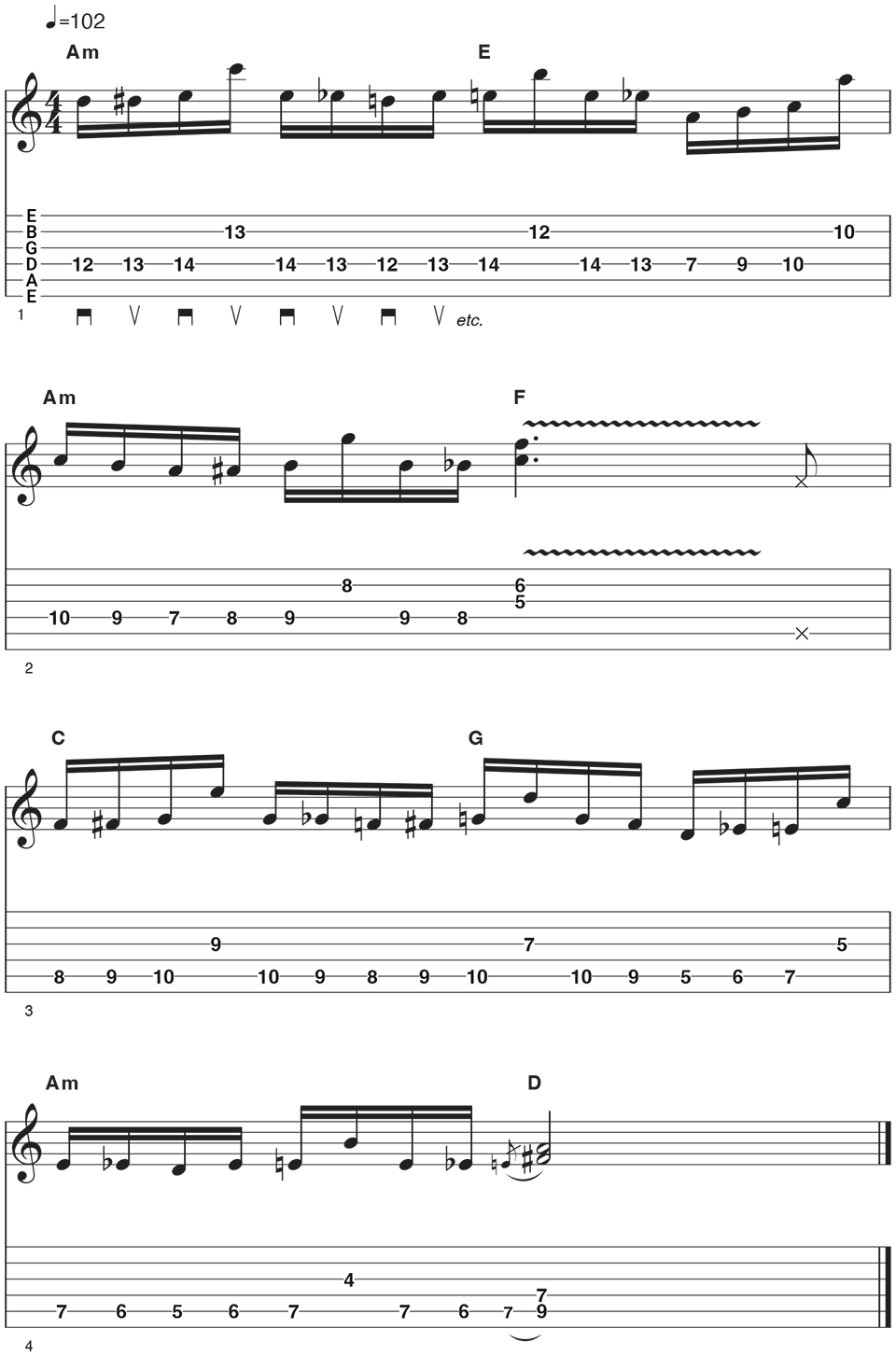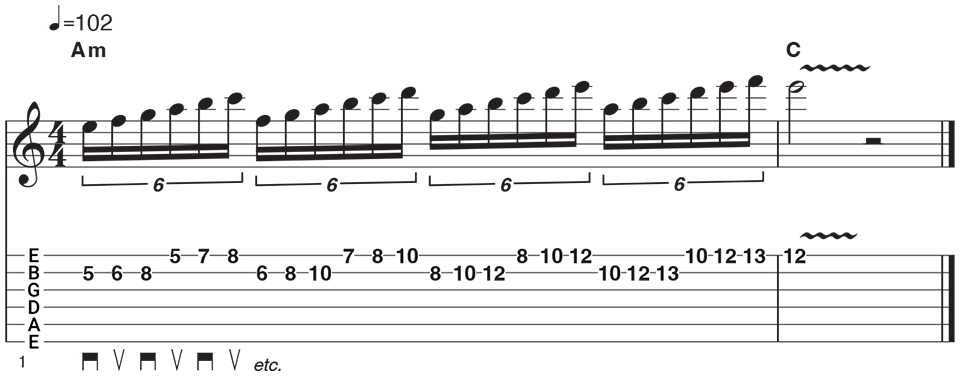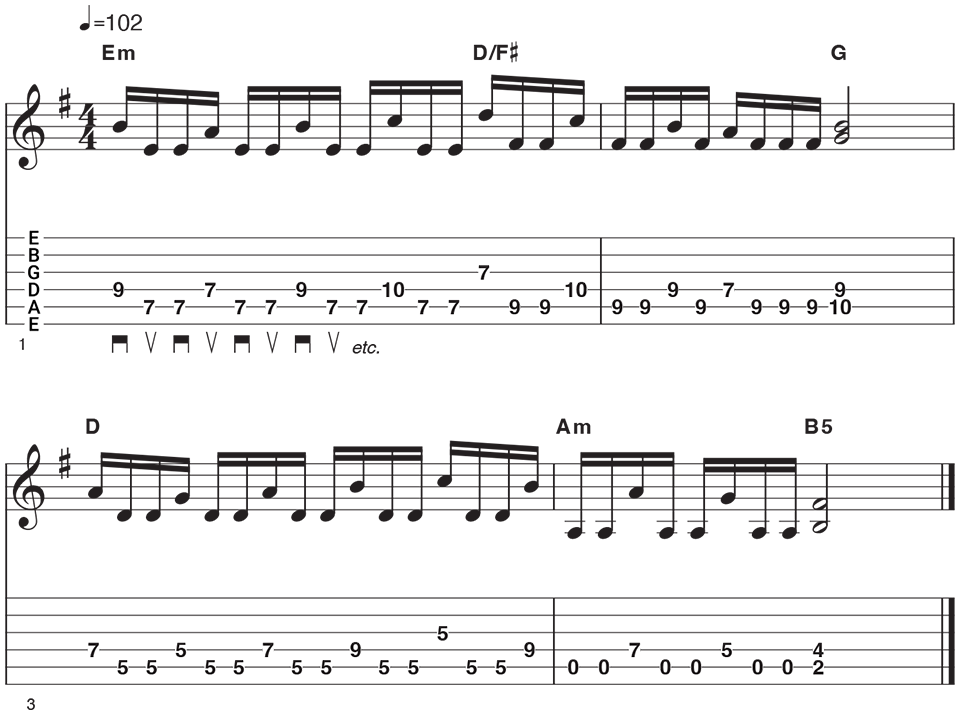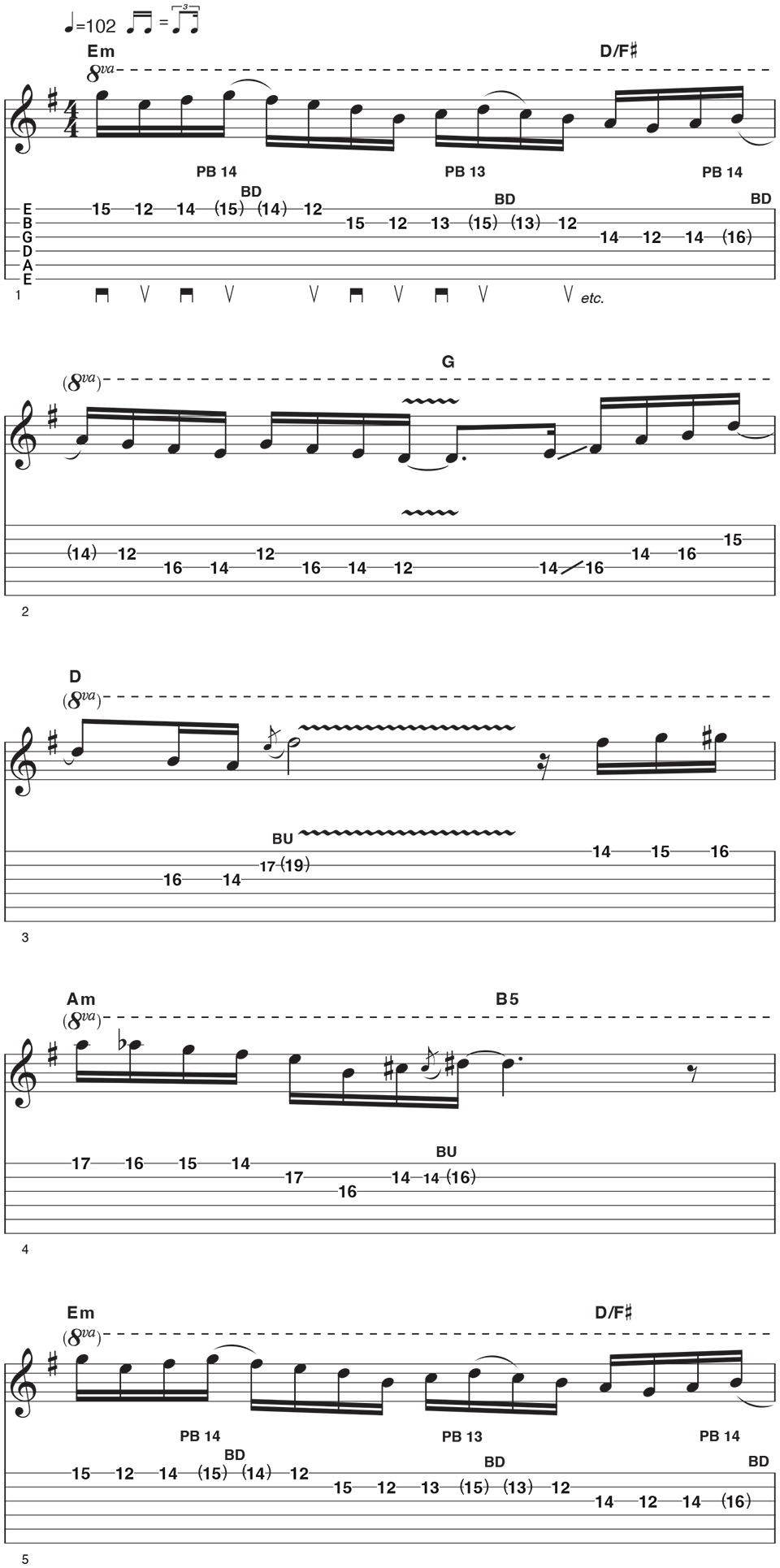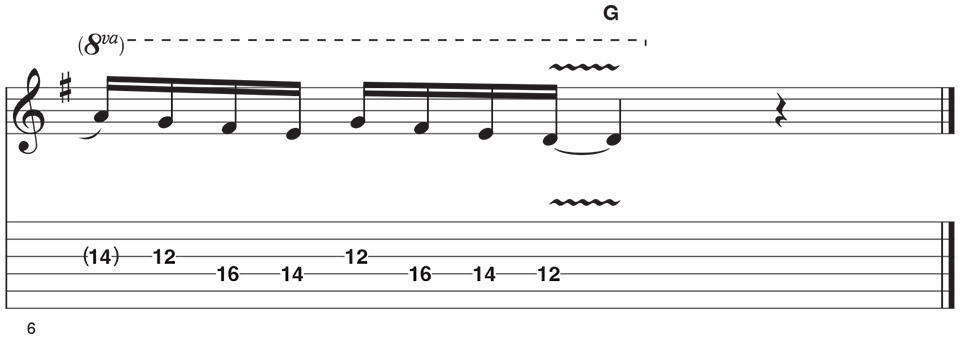Steve Morse: My 5 go-to ideas for playing and writing
He's known for his alternate picking virtuosity, creativity and ability to adapt. In this exclusive lesson, Steve Morse shows us the five core approaches he uses
Steve Morse is a remarkable guitarist, with an equally remarkable career.
Over the past 50 years, he's performed in the Dixie Dregs, the Steve Morse Band, Kansas and Deep Purple, with whom he spent a colossal 28 years — almost double the tenure of founding member Ritchie Blackmore. In addition, he's played countless mind-blowing gigs and released numerous solo records over that time.
Steve has also collaborated with other heavyweight guitarists, including Eric Johnson, Albert Lee and Peter Frampton. In 2012 he was invited by Joe Satriani, John Petrucci and Steve Vai to join them on their G3 tour.
It's small wonder he was voted Best Overall Guitarist by Guitar Player for five years in a row, qualifying him for its Guitar Player Hall of Fame. As the crowning achievement, he has his own Ernie Ball signature electric guitar.
And now Steve has delivered a Guitar Player lesson just for you.

John Wheatcroft has played with artists as diverse as Billy Cobham, Frank Gambale, Paco Peña, Biréli Lagrène, Stochelo Rosenberg, Keith Carlock, Carl Palmer and John Jorgenson. John has transcribed and explained Steve's playing for this article.
In this exclusive video lesson, Steve showcases five conceptual and technical approaches that he employs when improvising or arranging guitar parts. These include melodic arpeggios, 16th-note patterns, sextuplet-based picking, melody with ostinato bass and rhythmic variations. To close, he brings all these together for a final long cohesive etude that is both technically challenging and musically fulfilling.
Central to all the approaches is Morse’s stunning alternate picking prowess, which has long been admired and celebrated by countless guitar players the world over. Unfortunately, arthritis in Steve’s picking hand has caused him to have to reconsider and partially reconstruct his picking technique.
All the latest guitar news, interviews, lessons, reviews, deals and more, direct to your inbox!
As a testament to his amazing work ethic and his considerable talent, he continues to sound incredible and his blazing picking and super precise articulation are still a joy to behold. This is also thanks to his positive outlook, which has helped him keep going when the going gets tough.
We’d encourage you to take inspiration from Steve's playing here and create a series of short exercises for yourself, one for each concept listed here and then link them all together. By creating a contextualized technical study you will develop your own personal interpretation of Steve's great techniques and approaches.
Tip: For each tab/notation example, click on the lower left symbol with four arrows pointing outwards. This will increase the size of the music, whether you're on a desktop computer or a smartphone.
Ex. 1: Melodic arpeggios
Steve kicks things off with an idea that combines a high melodic line with a broken arpeggio-derived supporting figures that move to follow the underlying harmony. The key to this concept is to be completely aware of the chord sequence. It’s also extremely helpful to acknowledge which interval you’re dealing with for every important melody note.
Like all things Steve plays, it’s clear that he has considered his fingering choices carefully, so it makes sense to at least begin here before modifying any of the fingerings to suit your preferences. The picking shown in the tab below is what Steve uses in the video, so start with this before considering other options.
Ex. 2: Upper melody with ostinato bass and chromaticism
Steve continues with the two-part theme here, although this time he’s supporting a shifting melodic line with a lower ostinato chromatic figure, giving the impression of a continuous stream of notes, although we’re leaping alternately between both parts. The rhythmic phrasing is of particular interest, as each phrase could be considered as a six-note group, traveling in 16th notes to create a six-over-four cross rhythm.
As with much of Morse’s technical articulation, we’re sticking to strict alternate picking here, with each and every note picked, with the exception of the grace note hammer-on for our final double-stop.
Ex. 3: Sextuplet-based alternate picking
More alternate picking here, although for this example Steve is playing an ascending linear group of six notes in sextuplets coming from the A Natural Minor/Aeolian scale (A B C D E F G). While he favors alternate picking, here he also provides us with some other articulation options, such as pick-hammer-hammer or pick-hammer-pick for each group of three notes arranged on each string.
Ex. 4: Melody with ostinato bass
This example shares some similarities with Example 2, as we’re revisiting the two-part theme, although here the melody note shifts while the bass notes remains stationary, moving only when required to outline and support the moving harmony.
Again, we’re looking at cross-rhythmic phrasing action: Here we see a three-note idea moving through a 16th-note subdivision. Steve is clearly aware of the intervalic relationship between melody note and supportive ostinato. Once again, his articulation involves using consistent alternate picking throughout.
Ex. 5: Melody with 16th note rhythm and triplet phrasing
For his final example phrase, Steve swings the 16th notes a little, providing a relaxed and bouncy feel to each line. This is also helped with the mixed articulations, blending pre-bends, bend releases, vibrato and slides throughout. Yet more cross rhythms are at work here, with each six-note melodic cell moving against an underlying 16th-note subdivision. This provides color with different accents and syncopations throughout the phrase.
You might find it easier to appreciate these syncopations in the final track, which brings all the previous examples together, as you will feel how these phrases sit against the stability of the backing track.
Ex. 6: The approaches all together
Steve rounds his video up by connecting all his examples together to create a cohesive whole. There are some very minor articulation embellishments here, along with a short outro phrase inspired by his first example, but reharmonized to articulate the closing chord changes.
We hope that you enjoy this collection of concepts, licks, lines and ideas and find creative ways to put it to use in your own playing.
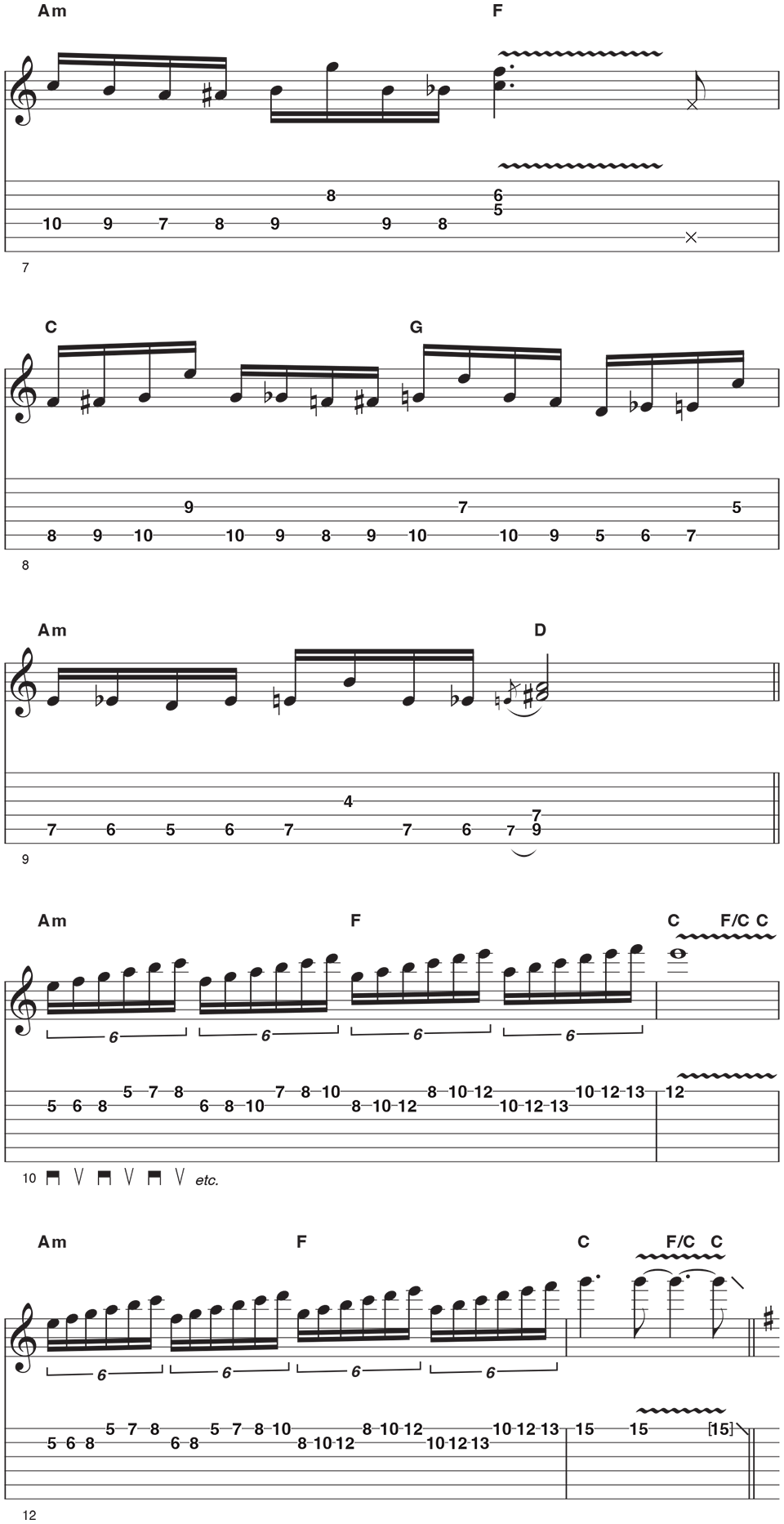
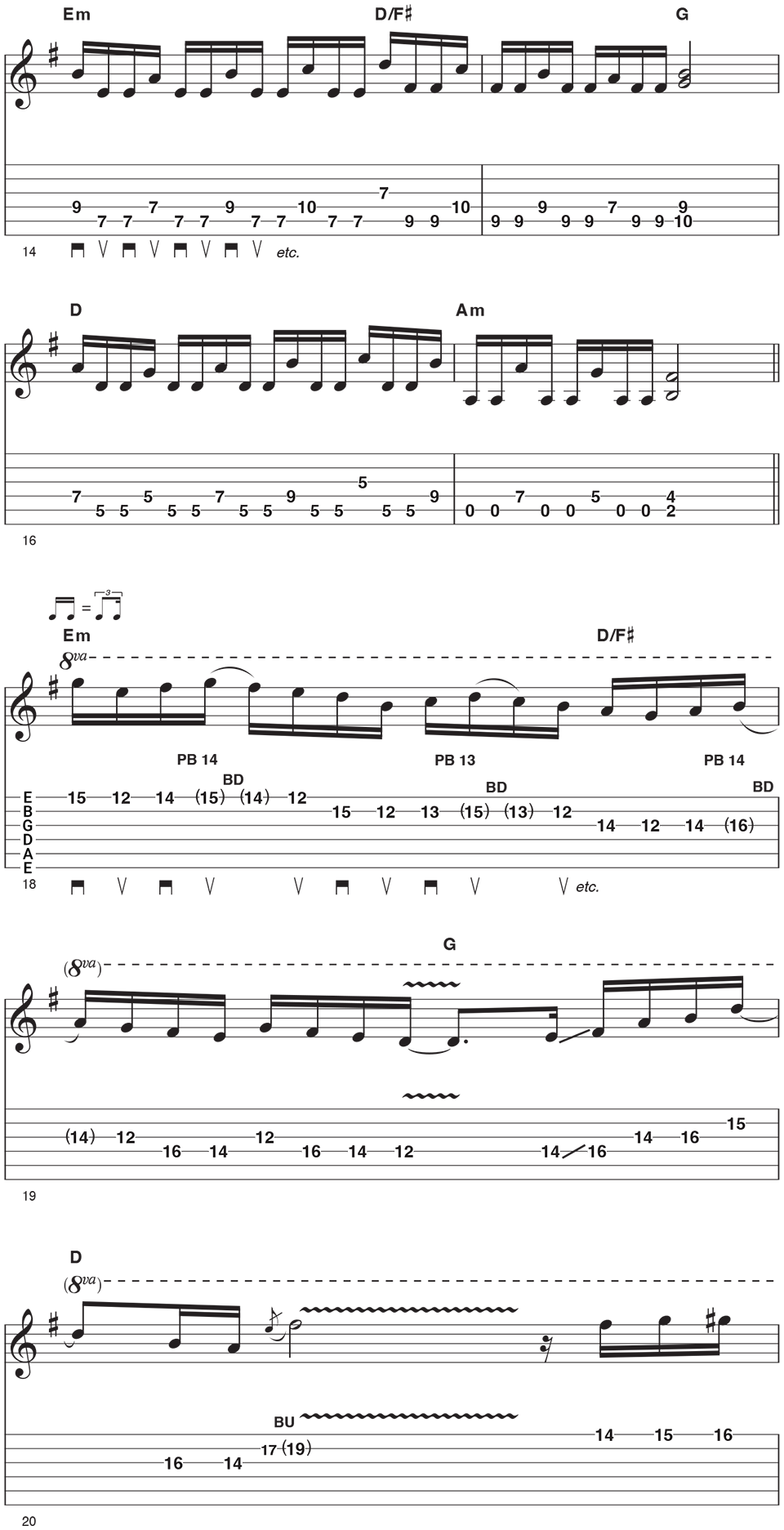
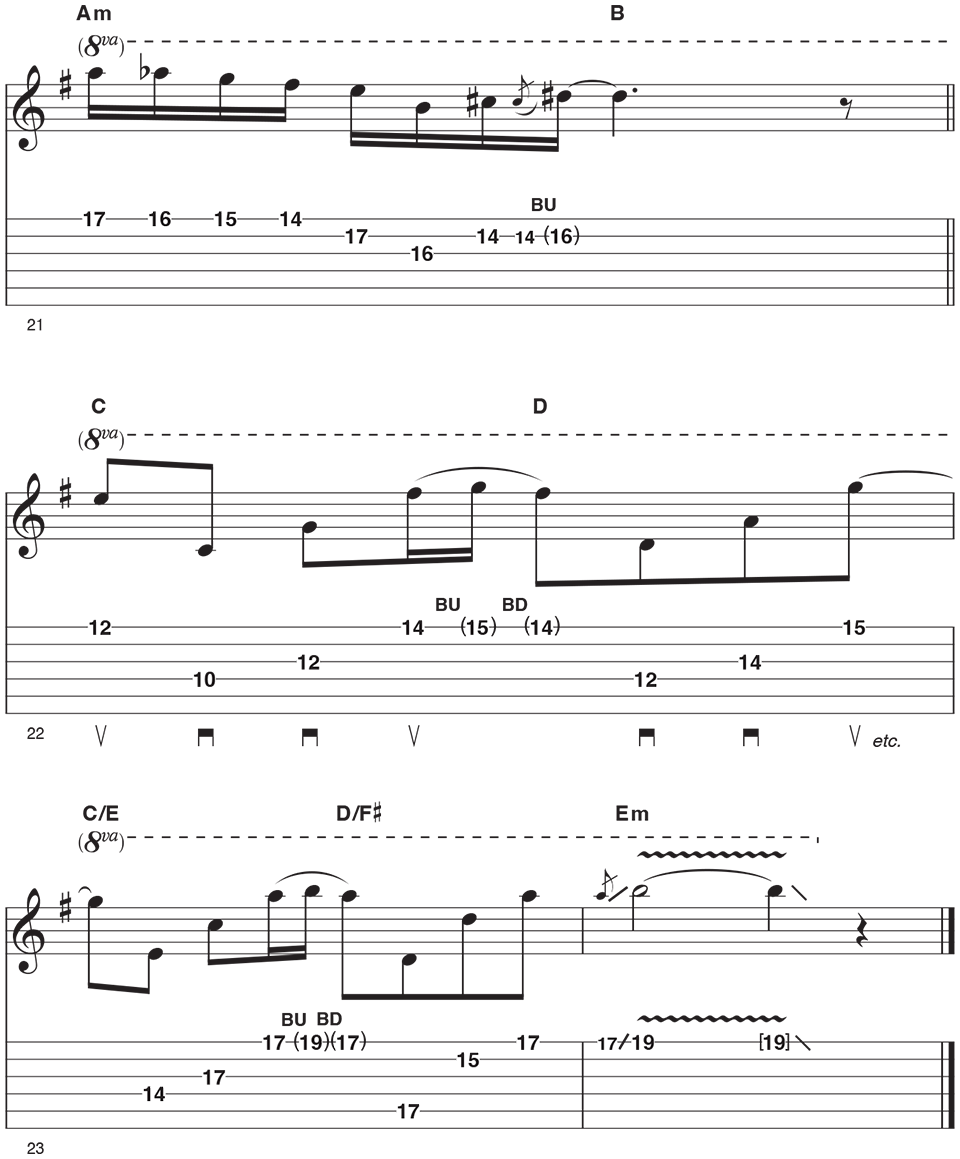

Steve Morse is a remarkable guitarist, with an equally remarkable career. The highlights include The Dregs, the Steve Morse Band, Kansas, Deep Purple, collaborations with Eric Johnson, Albert Lee, Peter Frampton – and Joe Satriani, John Petrucci and Steve Vai, who he joined on their G3 tour in 2012.
- John WheatcroftGuitarist

